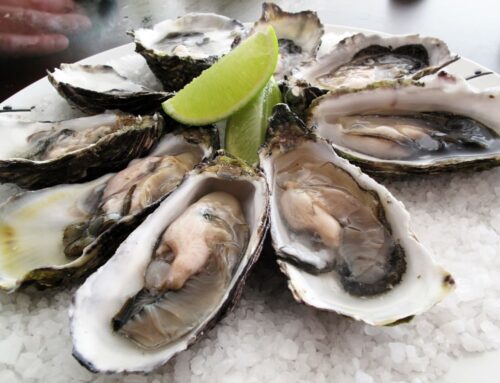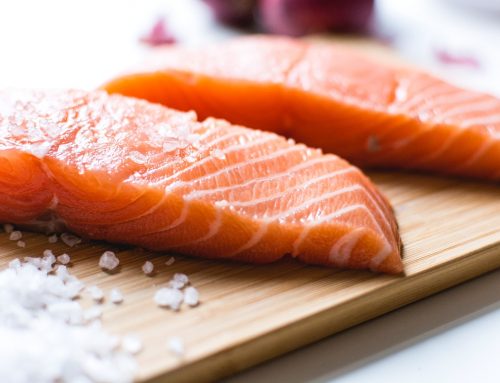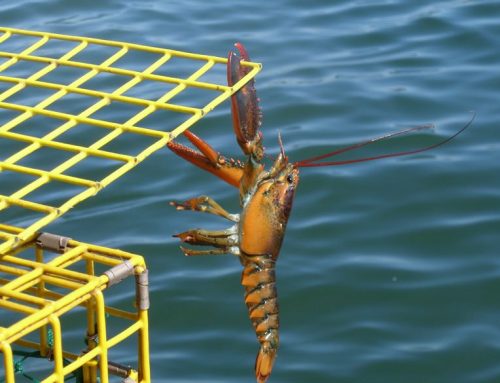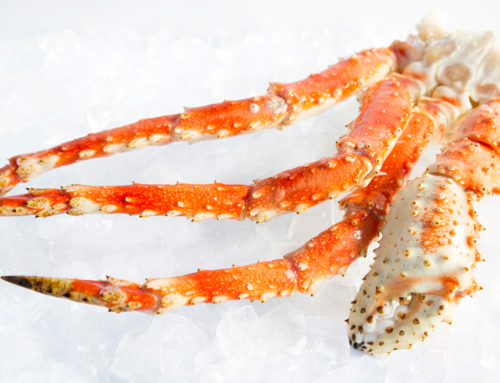In 2018, the Gulf of Maine Research Institute published a report comprising data from 1984 through 2014. The Institute found a that the Maine lobster population had more than quintupled in the thirty years included in the study – fantastic news for lobstermen along the coast. The report attributed this population boom to warmer ocean waters, caused by climate change, which have made lobsters more active and reproduce at higher rates. Unfortunately, this is also shifting the Maine lobster’s habitat to, well, not Maine waters.
Water temperature is extremely important for lobster health. When the water is too cold, lobsters stay in a dormant state to conserve energy, leaving less time for reproduction. On the other hand, when the water is too warm, reproduction rates drop and the mortality rate increases. Lobsters look for a sweet spot in water temperatures, but because their location and migration change are generational (i.e. it takes a while), there is a delay in the change in lobster population based on water temperatures.
According to The Guardian, the Gulf of Maine is warming faster than 99 percent of the world’s waters, rising at three times the global average. The warming has created optimal conditions for lobsters to reproduce and survive into adulthood. However, the water will continue to warm, and local scientists say climate change will eventually bring this boom to a halt.
As the Gulf of Maine continues to warm, the temperature sweet spot for lobsters will continue to move north, slowly but surely. This means similar lobster spikes may occur in southern Canada, but the Maine lobster industry will break. Other New England states have already experienced this change. The once-robust lobster fisheries in Massachusetts, Rhode Island, Connecticut, New Jersey, and New York have declined significantly in the past several decades.
As it stands, Maine could see a drop between 40 percent and 62 percent in lobster population, which would return the state to previous levels of lobster landings. In the immediate future, lobster prices will remain stable or decrease. However, the years after 2050 remain uncertain.
Andrew Pershing, the chief scientific officer at the Gulf of Maine Research Institute, said that if the world does not get carbon under control, temperatures could rise by three degrees (C) by the end of the century. He told The Guardian, “Main starts to feel like best case Rhode Island and worst case New Jersey. And nobody is putting lobsters on license plates in New Jersey.”
Take note of our Affiliate Relationships that may exist with this page and companies listed on it.







